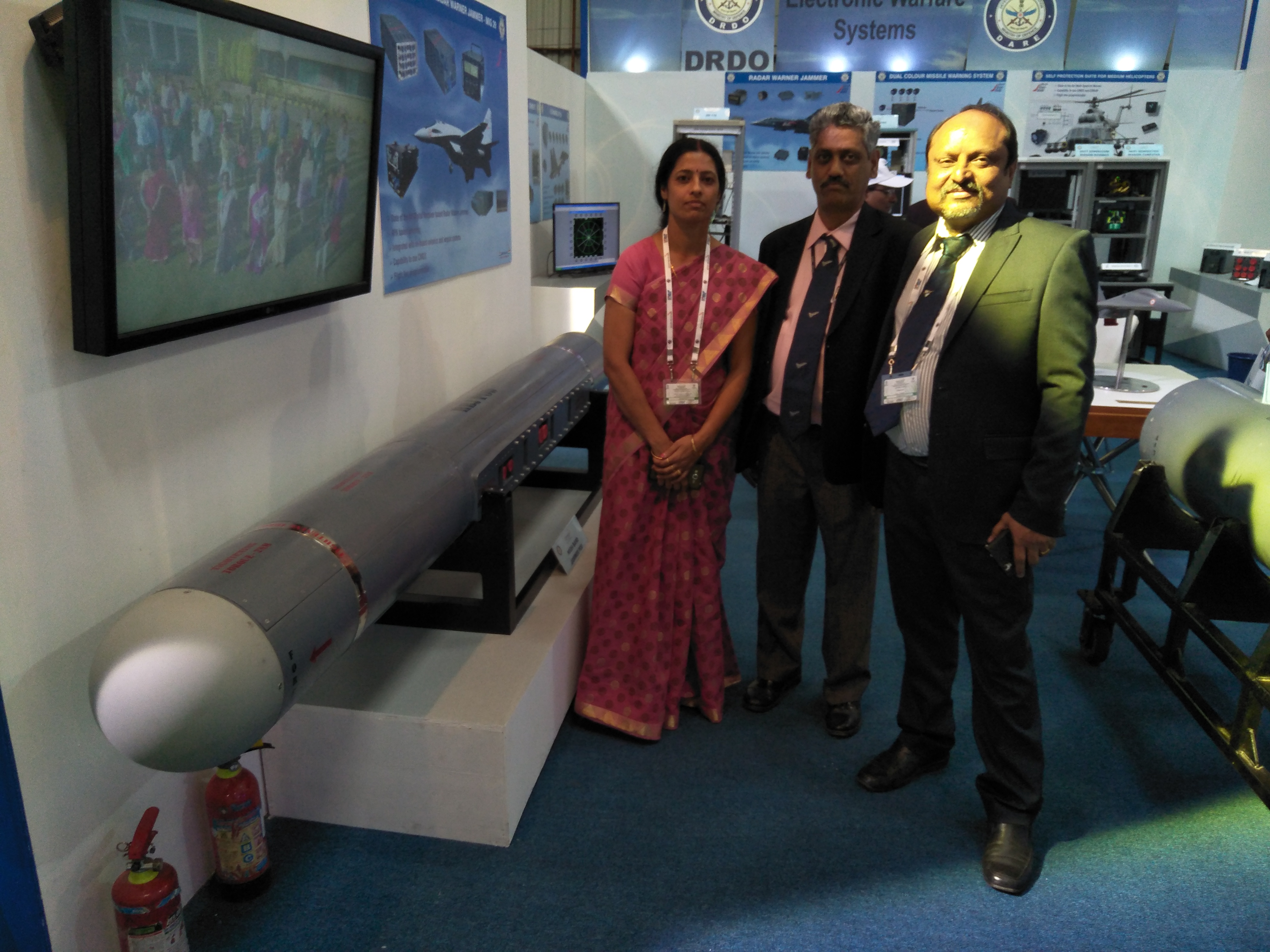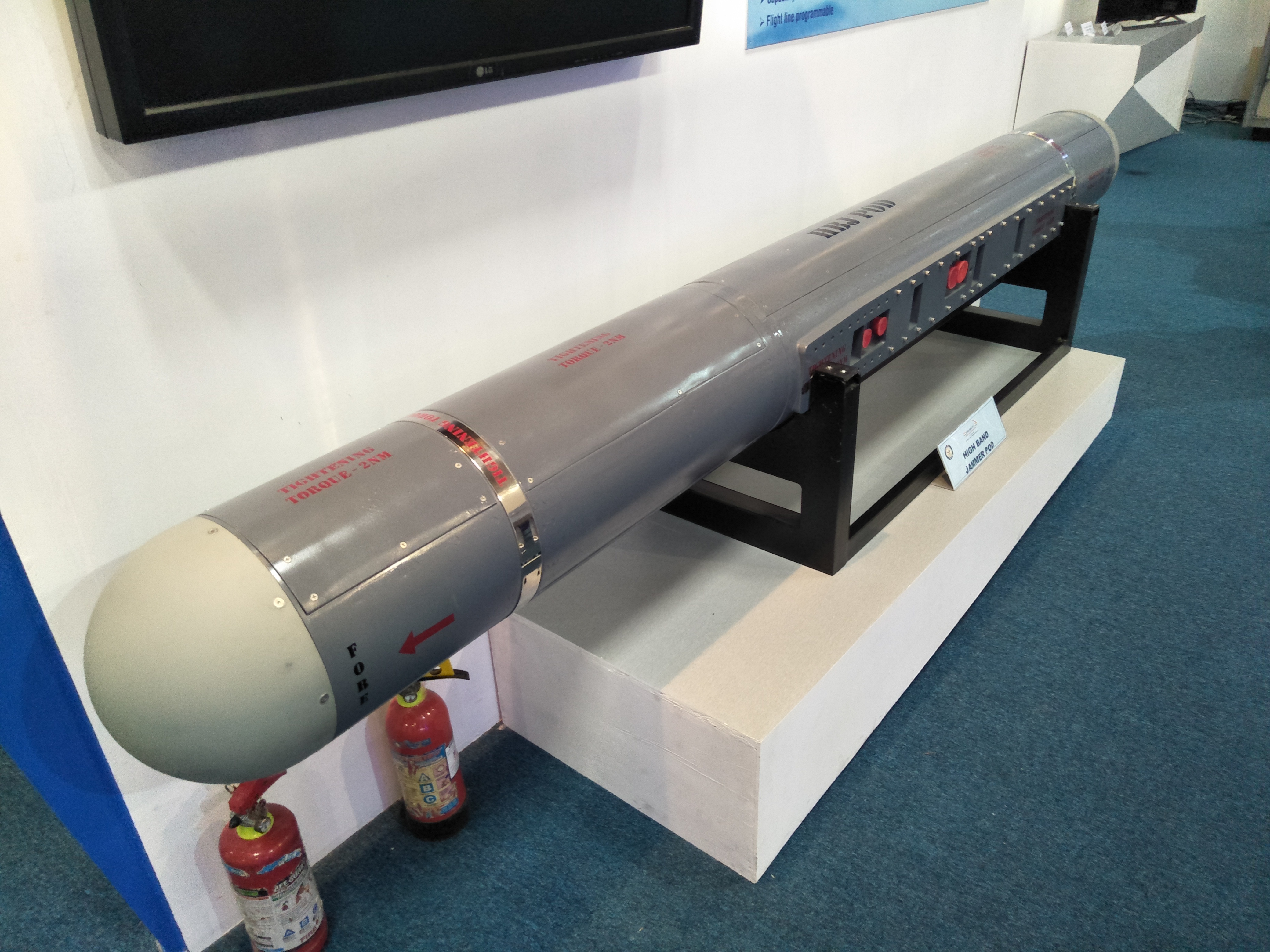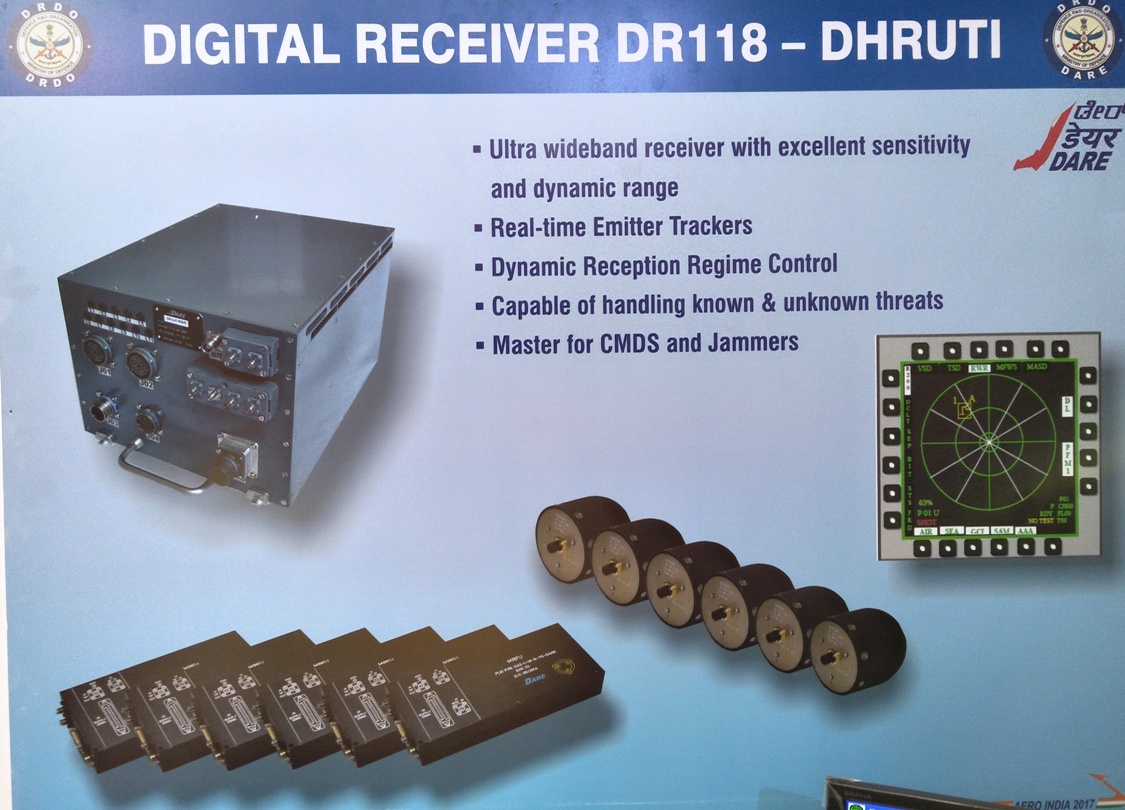
Several layers of biometric security protect one of India’s most secretive military laboratories in Bengaluru, housed in a building where there are unsually low noise levels at all time. It’s an almost modest level of sound for an institution that has put India on a global map for equipment that no country will sell to India without unacceptable conditions. And it is here, at the Defence Avionics Research Establishment (DARE) that the Indian Air Force’s most formidable jet, the Su-30MKI is being given sharper teeth than it has ever had before.
The Defence Research & Development Organisation (DRDO), the mother body of the DARE, has a rough time dealing with a reputation for waste and delays. To be sure, most criticism it faces is justified. Which is perhaps why it’s always heartening to hear about success. Scientists quietly working behind the scenes on small projects that are truly contributing to the lofty ideal of self-reliance. The story your correspondent reports on today isn’t doing just that — it’s also set to save the Indian Air Force precious capital going into the future.
It all begins with the Russian SAP-518 jammer pod that Moscow supplied with the Su-30MKI. After grappling for years with the pod, the Indian Air Force finally in 2015 realised it simply couldn’t use them for two reasons. One, they were heavy — and when slung onto wingtip hardpoints, they cut into flying envelope like a butcher’s knife.
‘With the Russian pods, the Sukhoi is basically a transport aircraft,’ one of the scientists says.
The second issue is even worse. The IAF realised the SAP-518 pod hadn’t been properly interfacing with the indigenous on-board radar warning receiver (RWR), therefore killing pilots’ chances to exploit both systems fully. While the reasons why the IAF took their time remains unclear (but at one level understandable), DARE stepped in immediately, offering to help. The result is the pod you see those three scientists standing next to in the photograph above.
DARE’s High Band Jammer (HBJ) pod begins dummy carriage trials in six months on an IAF Su-30MKI, with full integration within the year. By 2019, DARE has committed to seeing the pod become fully operational with the IAF’s Flanker fleet.
Significantly, the HBJ pod will be a fully indigenous one. A DARE scientist explains that the HBJ pod currently has th ree major systems: the integrated EW suite, the active array phased transmit-receive unit and the cooling system. While the first two have been rapidly developed in-house, the complex cooling system is in process, with DARE sourcing an Israeli system for the moment. The team says they’ll have a fully functional Indian cooling system on the HBJ pod before full integration trials by the end of the year.
ree major systems: the integrated EW suite, the active array phased transmit-receive unit and the cooling system. While the first two have been rapidly developed in-house, the complex cooling system is in process, with DARE sourcing an Israeli system for the moment. The team says they’ll have a fully functional Indian cooling system on the HBJ pod before full integration trials by the end of the year.
Better still, the HBJ pod, the scientists tell Livefist, will spawn a family of EW sensors and systems for platforms like the LCA Tejas, MiG-29 and any other fighter the IAF chooses to operate.
The Indian Air Force, which has embraced the wares from DARE more than equipmentfrom most other DRDO labs is expectedly thrilled. An IAF Su-30MKI pilot at the show confirmed that the HBJ pod was a ‘very promising system’ and that ‘more than anything, it is our own in-house development, so I don’t have to run to the Russians if something doesn’t work’.
A DARE scientist associated with the project tells a familiar story: Russia’s unwillingness to share codes (or its insistence on an additional commercial understanding) that could have helped manage the interfacing issues between the SAP-518 pod and Indian RWR better and faster.
Incidentally, the indigenous DARE RWR on the IAF’s Su-30MKIs will also be  replaced soon. The lab is in final testing of an all digital RWR (the existing system is analog) christened ‘Dhruti’ that will begin ground testing in May this year, followed by a phased installation across the fleet.
replaced soon. The lab is in final testing of an all digital RWR (the existing system is analog) christened ‘Dhruti’ that will begin ground testing in May this year, followed by a phased installation across the fleet.
DARE is one of the DRDO’s most low-profile laboratories and also one of its most successful. Its systems populate virtually every combat aircraft currently in service, including missile approach warning systems, mission computers and avionics of every kind.
A final little flourish from the unassuming DARE stand at Aero India is the SIVA pod, a development from the nineties that didn’t quite work out and was quietly abandoned. Recently, scientists dusted out from the corner of a DARE warehouse when a team of scientists suddenly realised they could help the people at BrahMos save a penny on testing the airborne seeker on the BrahMos-A.
The @DRDO_India SIVA targeting pod for the Su-30MKI. #AeroIndia2017 pic.twitter.com/aVgZVDFzJy
— Livefist (@livefist) February 15, 2017
With the new DRDL-led imaging and monopulse RF seeker (IMR, for a future variant of the BrahMos) fitted into the Siva pod in a matter of days (the DRDL had tendered out for the integration process), the pod was quickly slung onto a Su-30MKI and sent up for the required airborne tests. It was an immediate success, with BrahMos Corp. sending a special word of thanks to the DARE team. Without that flash of brilliance from DARE, BrahMos would have had to hot-step it to Russia or elsewhere to get a testbed. And the Siva pod would have forever remained a failed relic from DARE’s early days. Instead it is now a valuable, cheap test-bed for high-performance systems.
‘Now we have a very capable in-house testbed capable of testing a variety of electronics and systems in the airborne regime. This is the beginning of a testbed capability that is normally very expensive to hire. It will be finetuned and evolved before being offered as a full-fledged service, perhaps even to foreign customers,’ says a DRDO officer.

Hello Shiv Sir
Many Thanks for this Article
However I would like to point out that the Russian Jammer that
you have written about is SAP 518
You have mentioned it as SAP 51 A
Thank you! My mistake. Made the correction.
Great story and much needed. It shows what some labs are doing is really remarkable. A little bit of support from the services would go a long way as well.
Good to know that some parts of DRDO are doing excellent work. Let’s keep rhem well fed and well rewarded.
Lovely piece, Shiv can you come up with a piece that states the hindrances from the Russian side on all the projects- the piece can cause a diplomatic issue but will clear out the issue’s needed to be ironed out
Yes, secretive lab, now exposed by livefist complete with photos of scientists for enemies to explore!
What will IAF use in the next 2 years? Cucumber pod?
Hello Shiv sir, i have a query regarding the DARE HBJ pod. The question is, will the HBJ pod be attached to the wingtips of Su-30MKI like Russian SAP-518 jamming pods. Looking for your reply.
Kudos to the scientists at DARE hope their product is operationalised and used in huge numbers ,and they develop even better systems in the future,the GoI ,IAF IN and Army should extend all support to them
Hi All, We are Rangsons Aerospace Pvt Ltd., supplied th ecooling solutions for this program.